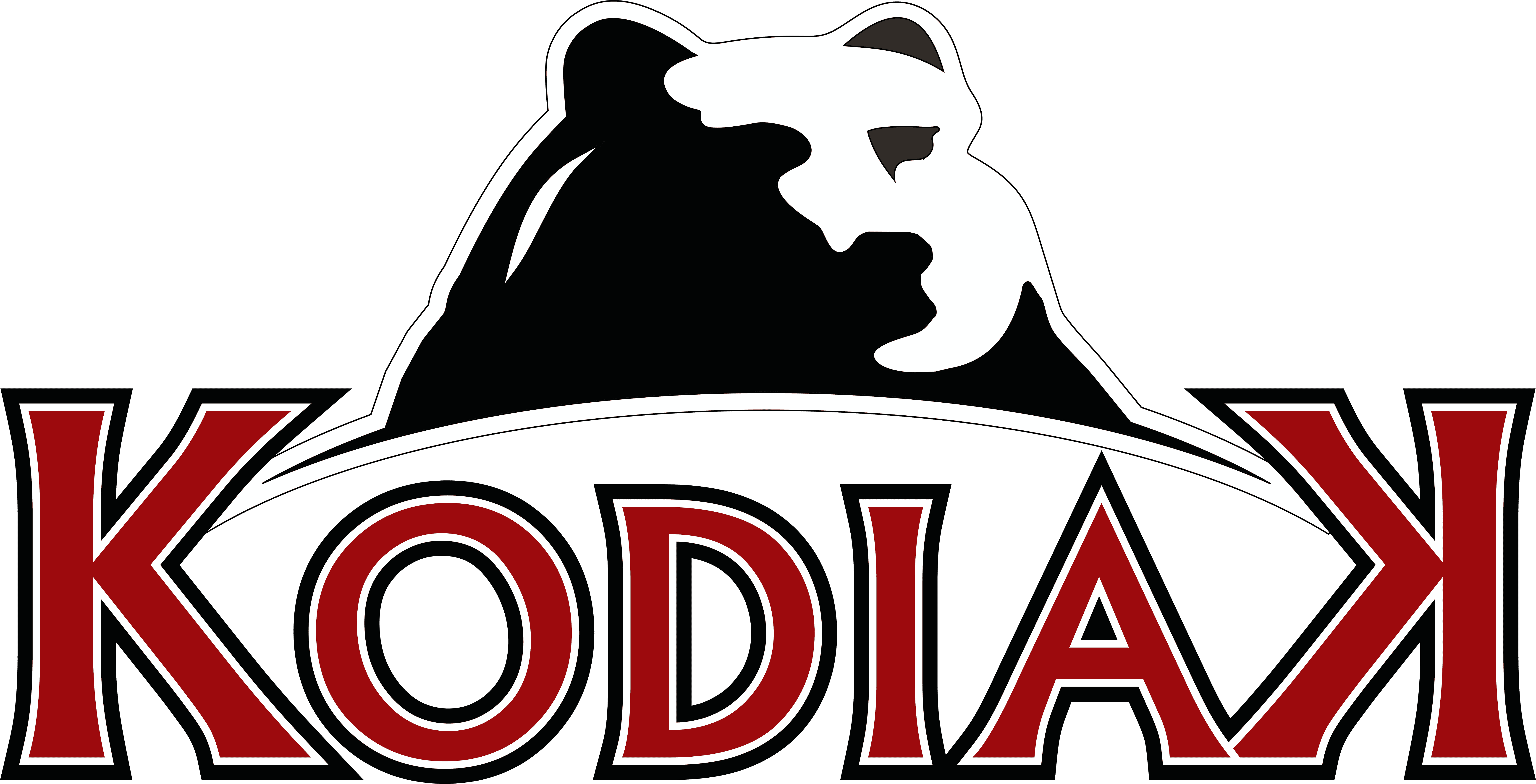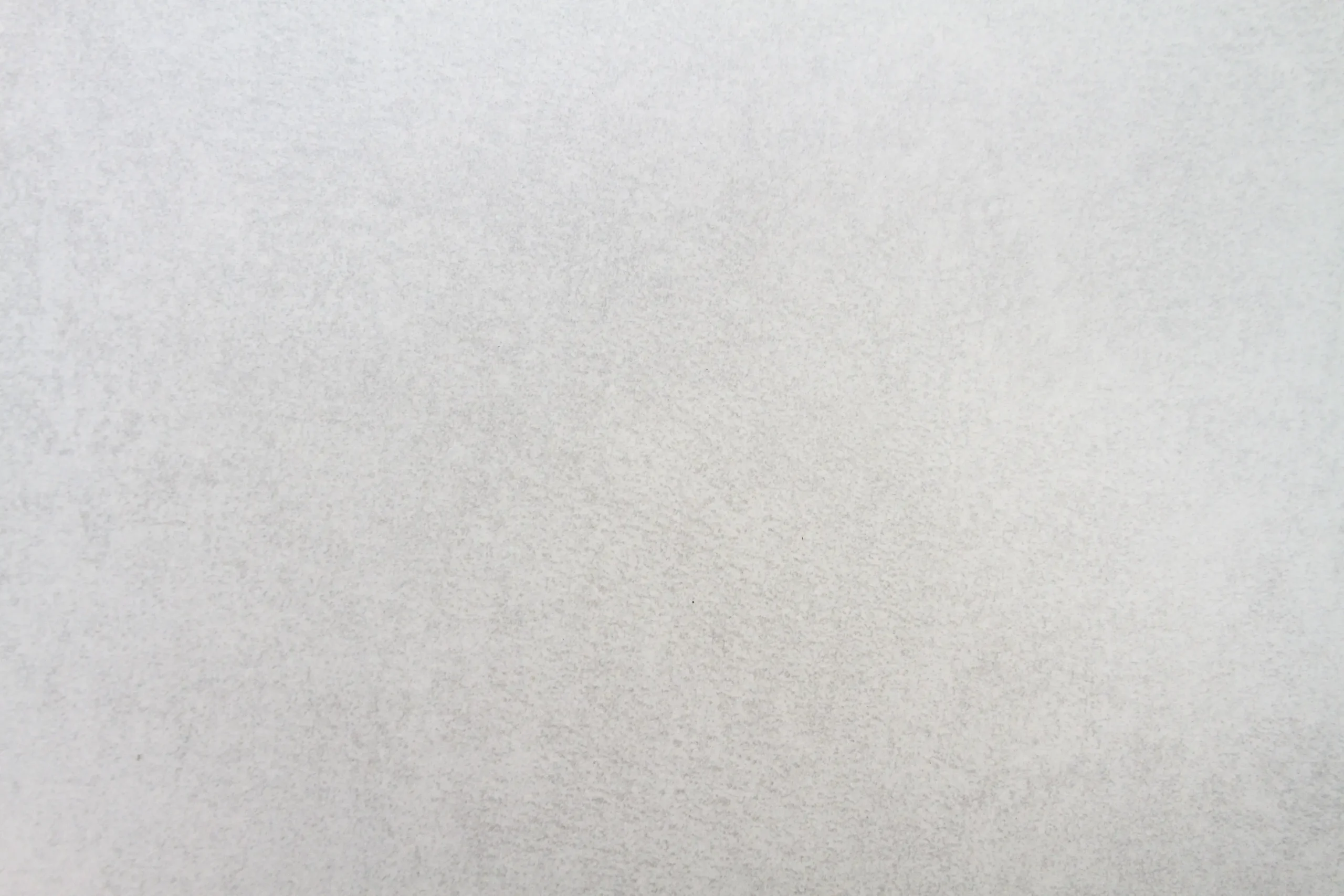What lies beneath commercial roof layers plays a huge role in your building’s energy efficiency, structural health, and long-term maintenance strategy. If you’re managing a facility, it’s important to understand what’s under your roof, not just what’s on it. This guide breaks down the layers of a commercial roof system, why they matter, and how they affect decisions about repairs, maintenance, or full replacement.
What Are the Layers of a Commercial Roof?
Every commercial roof system is made up of several key layers working together. These layers can vary depending on the system type (like TPO, EPDM, or BUR), the building’s use, and the local climate.
Here are the typical commercial roof layers your roofing system is made up of:
- Membrane: This is the visible waterproof surface, often made from single-ply materials like TPO, PVC, or EPDM.
- Insulation: Improves energy efficiency by regulating indoor temperature and reducing heating and cooling costs.
- Vapor Barrier: Helps prevent moisture from moving from the building’s interior into the roof system.
- Cover Board or Substrate: Adds strength, provides a smooth surface for the membrane, and protects the insulation.
- Roof Deck: The base structural layer, often made of concrete, metal, or wood, which supports the entire roofing system.
Each layer has a job to do, and damage or wear in any layer can affect the entire system’s performance.
Why Commercial Roof Layers Matter
Understanding the importance of the layers beneath your membrane helps facility managers address problems early and avoid deeper issues.
While the membrane gets the most attention, the other layers are just as critical. Ignoring them can lead to recurring leaks, reduced energy efficiency, and even structural damage over time.
Commercial Roof Insulation Types
Insulation plays a major role in energy performance and indoor comfort. Knowing your options can help reduce long-term operating costs.
Insulation is more than just a buffer between the outdoors and your interior space. It plays a vital role in thermal performance, indoor comfort, and energy efficiency. Here are the most frequently used insulation materials found in commercial roofing systems.
- Polyisocyanurate (Polyiso): Lightweight, high R-value per inch, and fire-resistant. Most common in low-slope commercial roofs.
- Expanded Polystyrene (EPS): Offers consistent thermal performance and moisture resistance.
- Extruded Polystyrene (XPS): Strong, moisture-resistant, and commonly used in inverted or protected membrane roof assemblies.
The type and thickness of insulation directly affect the roof’s ability to regulate temperature. Buildings in harsher climates often need multiple layers of insulation to meet energy code requirements.
Vapor Barriers for Flat Roofs
Vapor barriers are thin layers, usually sheets of polyethylene or asphalt-impregnated felt, placed between the building interior and the insulation. Their job is to prevent warm, moist air from migrating into the roof system, where it can condense and cause long-term damage. Not all roof systems need a vapor barrier. However, they’re strongly recommended when:
- The building has high interior humidity (such as a gym, restaurant, or manufacturing plant)
- The roof assembly includes cold surfaces where condensation is likely
- Climate conditions cause frequent freeze-thaw cycles
Ignoring the need for a vapor barrier can result in trapped moisture, saturated insulation, corrosion of metal components, and reduced roof lifespan.
Roof Deck vs. Substrate vs. Membrane: What’s the Difference?
Roofing professionals use specific terms for each part of the roof structure. Knowing what they mean can help avoid confusion during inspections or repairs.
Facility managers often hear terms like “roof deck,” “substrate,” and “membrane” used interchangeably. But they each refer to specific parts of the roof system, and knowing the difference can help you have more productive conversations with roofing professionals. The roof deck is the structural surface that supports the roofing system. It’s usually made from:
- Corrugated metal
- Plywood or OSB
- Precast concrete
Deck condition is critical for safety. If it rusts, rots, or cracks, it compromises the entire roof.
Substrate or Cover Board
The substrate layer helps create a smooth, protective surface for the membrane and is key to long-term durability.
This layer sits between the insulation and the membrane. It serves as a stable, durable surface for membrane adhesion and helps resist punctures. High-performance cover boards may also add fire resistance and improve wind uplift ratings.
Membrane
The membrane keeps water out and protects everything underneath from the elements. But it relies heavily on the integrity of the layers below.
The membrane is the top waterproofing layer and the most visible part of the roof. It protects everything beneath it. But even the most advanced membrane will fail if the layers below are weak or deteriorated.
What Happens When Underlayers Are Damaged?
Ignoring commercial roof layers can lead to hidden problems that are expensive and time-consuming to fix.
Damaged or aging layers beneath the membrane can lead to major problems, even if the membrane looks fine. This is why thorough inspections are so important. These issues may look small at first, but they often signal damage deeper within the roof system.
- Blisters or bubbling on the membrane
- Ponding water in certain areas
- Soft or spongy spots when walking on the roof
- Musty odors or high humidity inside the building
If your roofing partner detects issues in the insulation, vapor barrier, or substrate, they’ll help you determine whether it can be repaired or if a replacement is necessary.
Can You Repair Without a Full Tear-Off?
In some cases, yes. If damage is localized and the rest of the roof is in good shape, partial replacement or targeted repair may be an option. However, wet insulation or deteriorated decking usually requires removing the overlying materials to prevent mold, corrosion, or structural risks.
The Role of Professional Roof Inspections
A full roof inspection doesn’t just check the surface. It evaluates the condition of every layer for a complete picture of your roof’s health. Professional inspections go beyond a quick glance and include several diagnostic steps to uncover hidden issues.
- Infrared scans to detect moisture within the system
- Core cuts to check insulation and substrate condition
- Flashing and penetration checks
- Drainage performance evaluation
An experienced roofing contractor will explain the findings and provide clear recommendations for repair or replacement based on data, not guesswork.
Get a comprehensive assessment of your entire roofing system with a commercial roofing inspection from Kodiak Roofing.
Why What’s Underneath Impacts Your Budget
Budgeting for a roof project? Don’t forget the condition of the layers you can’t see — they often carry the biggest risks and costs.
When planning a re-roofing project, many facility managers only factor in the membrane replacement. But labor and materials related to underlayer repair can significantly affect scope and cost.
Examples of Cost Impacts
- Replacing wet insulation adds material cost and disposal fees
- Fixing deck damage may require structural reinforcement
- Upgrading vapor barriers can impact energy code compliance
Understanding your roof’s condition early gives you time to budget and plan, avoiding costly surprises during reroofing.
Plan Your Roof Investment with Confidence
Smart roof decisions start with understanding the full system. Thinking beyond the membrane helps you avoid surprises and plan responsibly.
Knowing what lies beneath your roof surface helps you plan smarter, maintain better, and reduce risk. Facility managers who consider the full roof system, not just the membrane, are better equipped to make informed decisions that protect both the building and the budget.
If you’ve never had a full-roof system inspection or aren’t sure what’s going on beneath your membrane, it may be time to bring in the pros.
Partner With Kodiak Roofing to Protect Your Roof’s Layers
Kodiak Roofing & Waterproofing has helped industrial and commercial property managers across the West Coast make informed roofing decisions with complete transparency. Our team is trained to inspect, diagnose, and restore every layer of your roofing system, not just the surface. Discover how our roofing and waterproofing solutions can keep your roof’s layers in the best shape.

